Today we visited the the Offshore Drilling Rig Museum that opened in 1997. It is located near the Strand Historic Landmark District in Galveston Harbor. We had seen the museum when we went to the Texas Seaport Museum to see Elissa, the tall ship there.
The museum is dedicated to the offshore oil and gas industry with many interesting and well-designed exhibits on three floors of the jack-up rig, the Ocean Star. It is accessible by a long bridge from the entrance to the rig. A marina with commercial boats is located nearby. Lots of water fowl can also be seen in the area.
The Ocean Star was built in 1969 and worked in the Gulf of Mexico off the coasts of Texas and Louisiana. A jack-up rig is a mobile oil drilling unit (MODU). The world's fleet of jack-up units is approximately 400 with the largest one weighing 30,000 tons. They are used primarily for drilling in shallow water (150-250'). The legs are lowered down to the ocean floor and then the platform is jacked up to about 25' above the water level. After the well is drilled, the rig pulls up the legs and sails off to the next job. Some of the rigs are self-propelled; others are towed.
The "Billy Pugh" (the inventor) Personnel Basket is used to transfer personnel and gear between a boat and rig. Worker assignments are usually 7 to 30 days in duration.
Power tongs (like a giant pipe wrench) and various drill bits are shown below.
Directional drilling is now commonly used to reduce the number of wells that have to be drilled.
Discovery Inspiration is a double-hulled drillship that can operate in water depths of up to 12,000'. This type of vessel is usually used for exploratory and scientific drilling.
Hard hat diving used this standard diving gear until the 1960s. Today Atmospheric Diving Systems enable diving to 2,300'. Manipulative claws enable divers to perform underwater tasks while tethered to a ship.
The Pipe Deck is accessible from the first floor of the rig. Large items are displayed here that cannot be housed inside.
A Christmas tree is an assembly of control valves, pressure gauge, and chokes located at the top of a well. It controls the flow of oil and gas after the a well is drilled. The Cementing Unit is a a self-contained unit that includes a mixing tank, pump, engine, and control valves to perform cementing in the well to seal the space between the casing and borehole.
The Hyperbaric Chamber is used to reduce pressure on a diver's body over several hours. Air bubbles absorbed into a diver's blood to dissipate, thereby avoiding "the Bends."
The Top Drive is new technology for rotary drilling that hangs in the derrick and is basically used on all modern drilling rigs. This piece of equipment cost $1M!
Drill pipes are 30' long and threaded at each end to enable them to be securely screwed together.
The Escape Pod is a lifeboat for rigs. This one can accommodate 28 crew members and is equipped with a 2-way radio, safety gear, first aid supplies, water, and a cooling system.
The Wire Line Servicing Unit is a mobile laboratory used to obtain geophysical measurements of rock formations by lowering logging instruments into the well.
On the second floor of the rig are numerous exhibits about the timeline of the oil rig drilling industry, information about environmental concerns and controls, and various models of various oil rig designs.
Industry Pioneer Award Hall of Fame. These individuals are from all over the world and the story of each is fascinating. We really enjoyed learning more about this industry from the contributions made by these unique individuals.
Living quarters for the crew of the Ocean Star. There were 49 crew members on board when the rig was operational. The crew worked 12 hour shifts and 4 meals were served a day, one every 6 hours. For every one rig worker, there are 5 to 10 support jobs on shore.
There is an exterior display area off the third floor of the rig as well.
A view from Ocean Star of the Carnival Triumph cruise ship at the cruise terminal nearby.
We enjoyed this museum so much more than we expected. It is so educational for those of us who know so little about the oil rig and drilling industry. This post only covers a fraction of the information available here. Fantastic exhibits can be found on the three floors of the museum plus the outdoor areas for large pieces of equipment. There is also a video that is shown on the hour and half hour in a theatre on the first floor that is very informative. An audio, self-guided device is provided as well that provides lots of interesting tidbits about the industry along the self-guided tour.
Admission is $8/adults and $5/seniors. There are also many restaurants, the Pier 21 Theatre, the Texas Seaport Museum, and a small park in the area.
Website: www.oceanstaroec.com

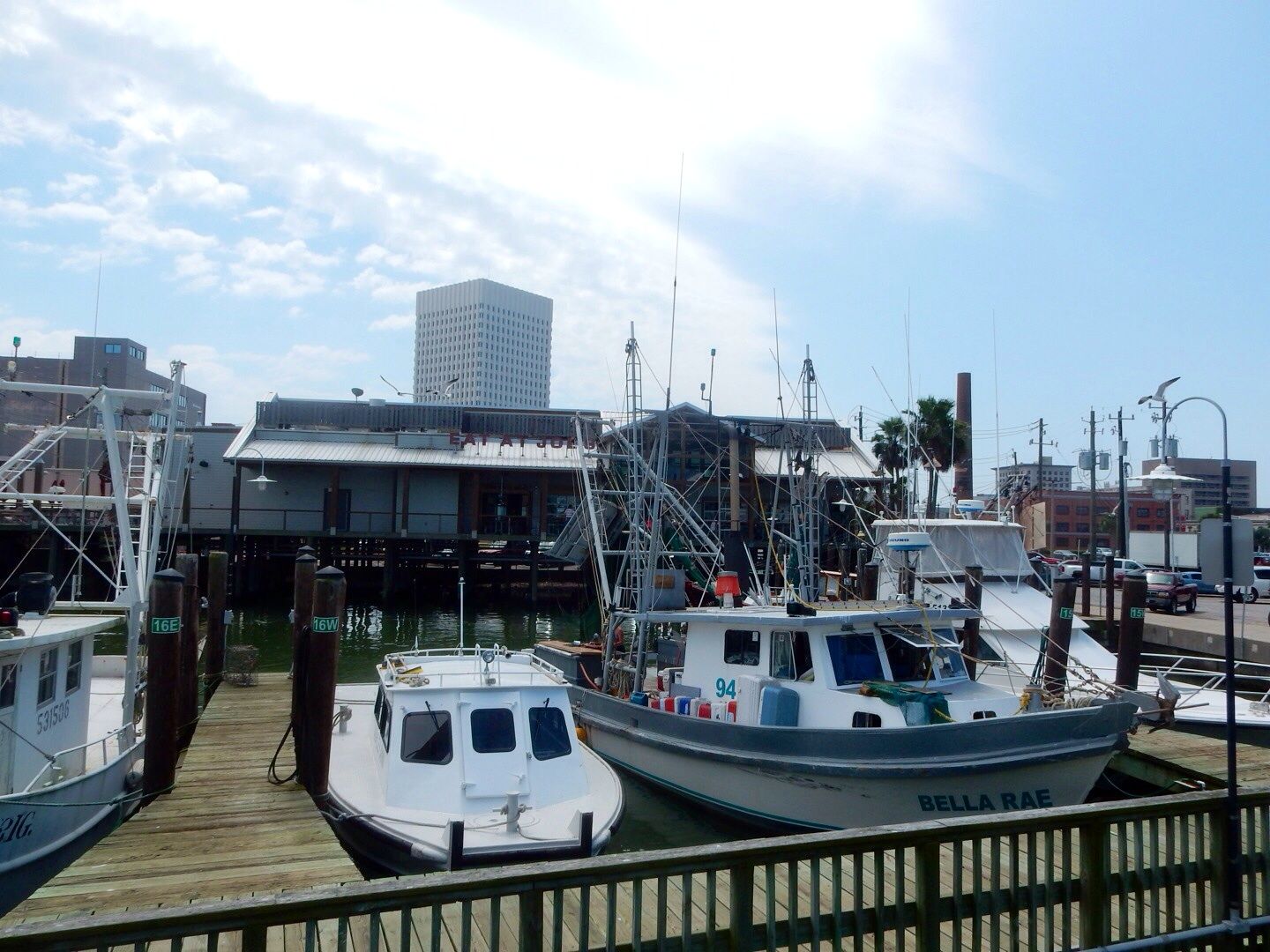
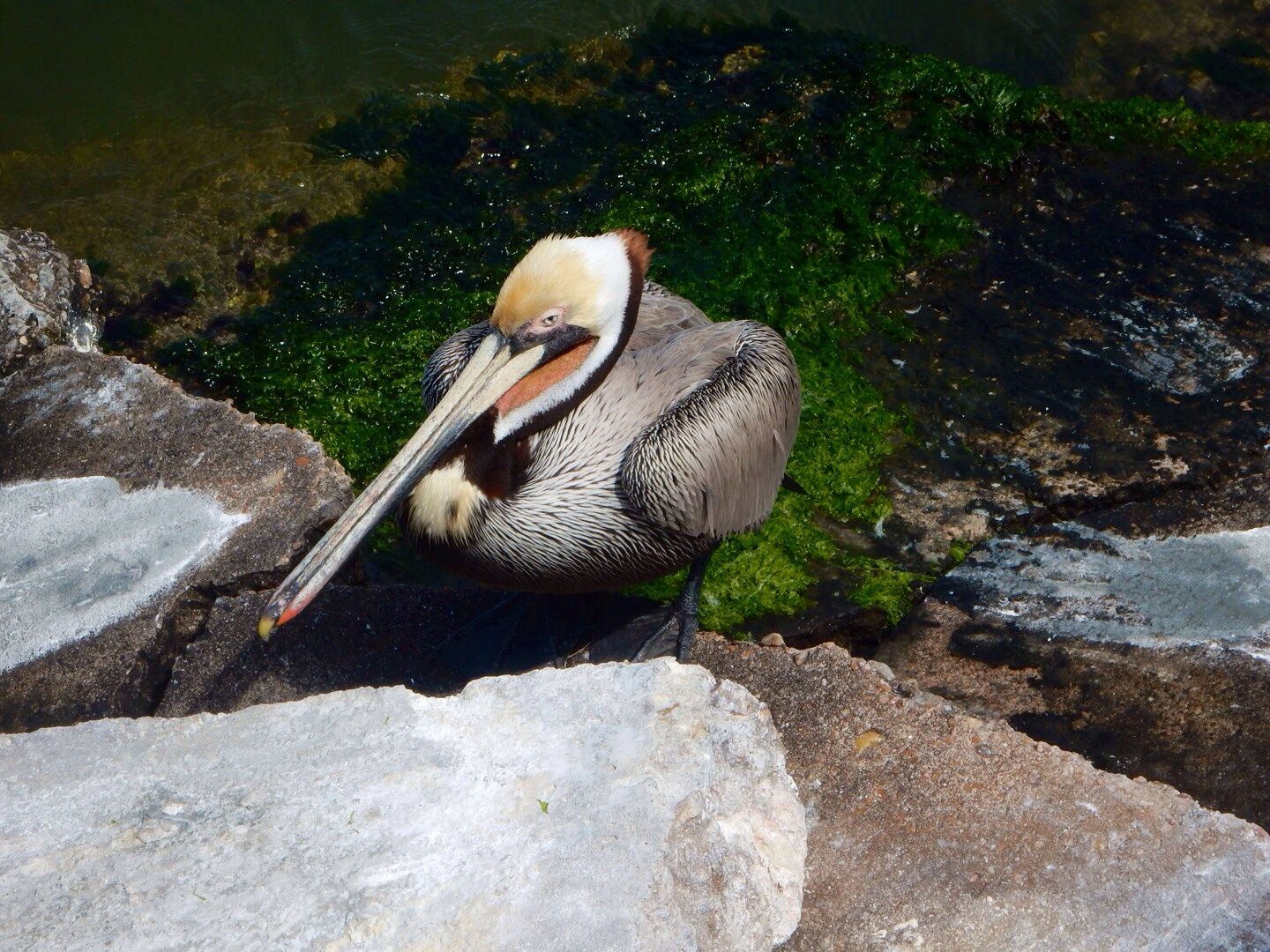

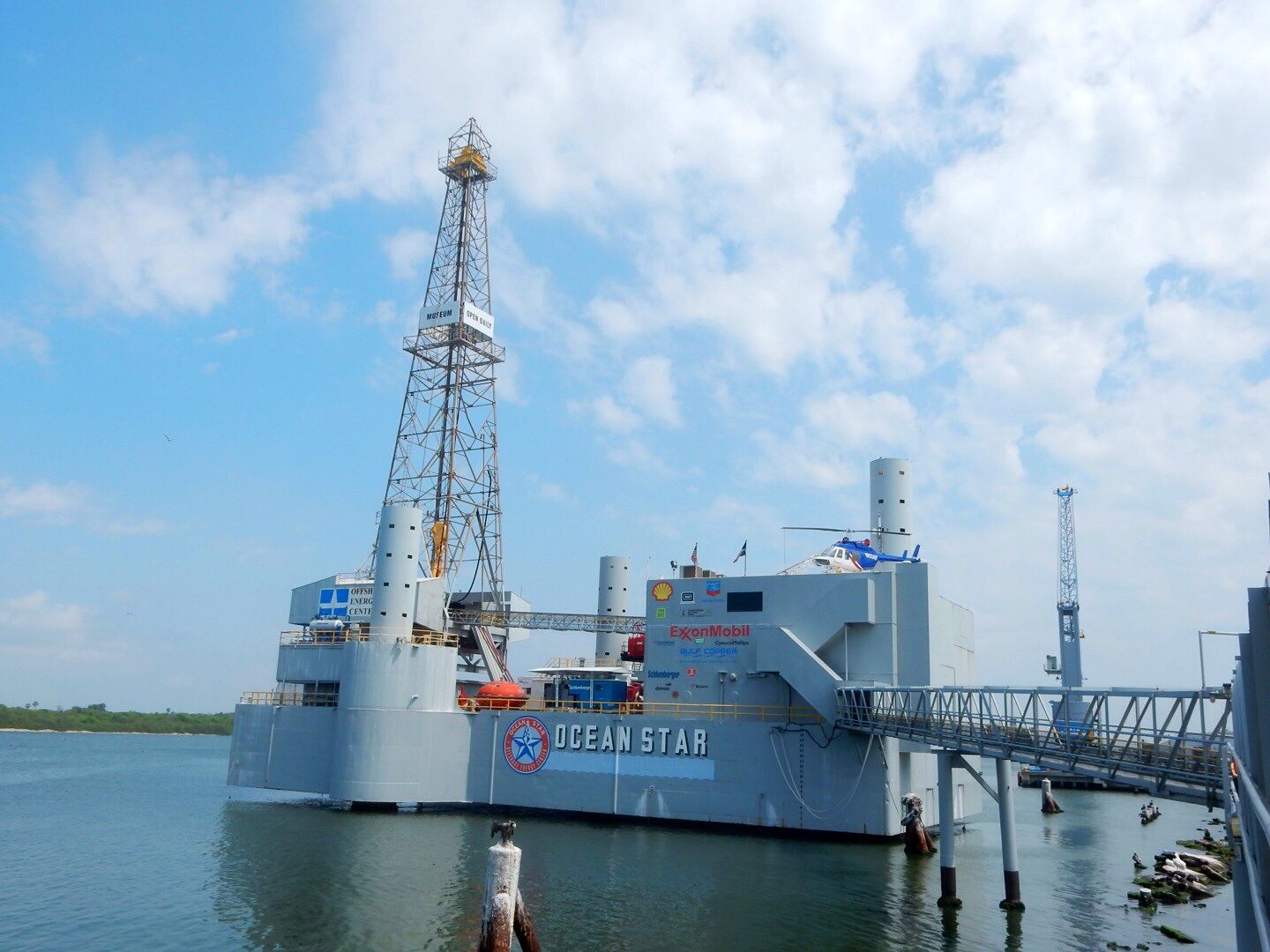


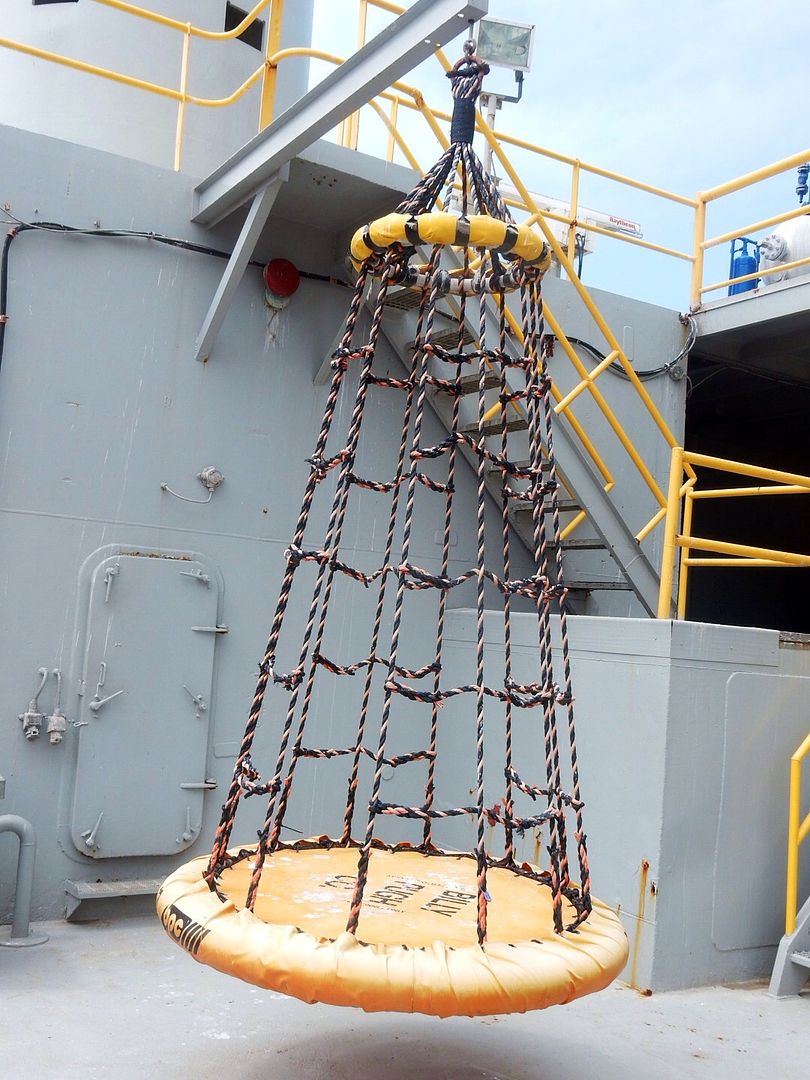
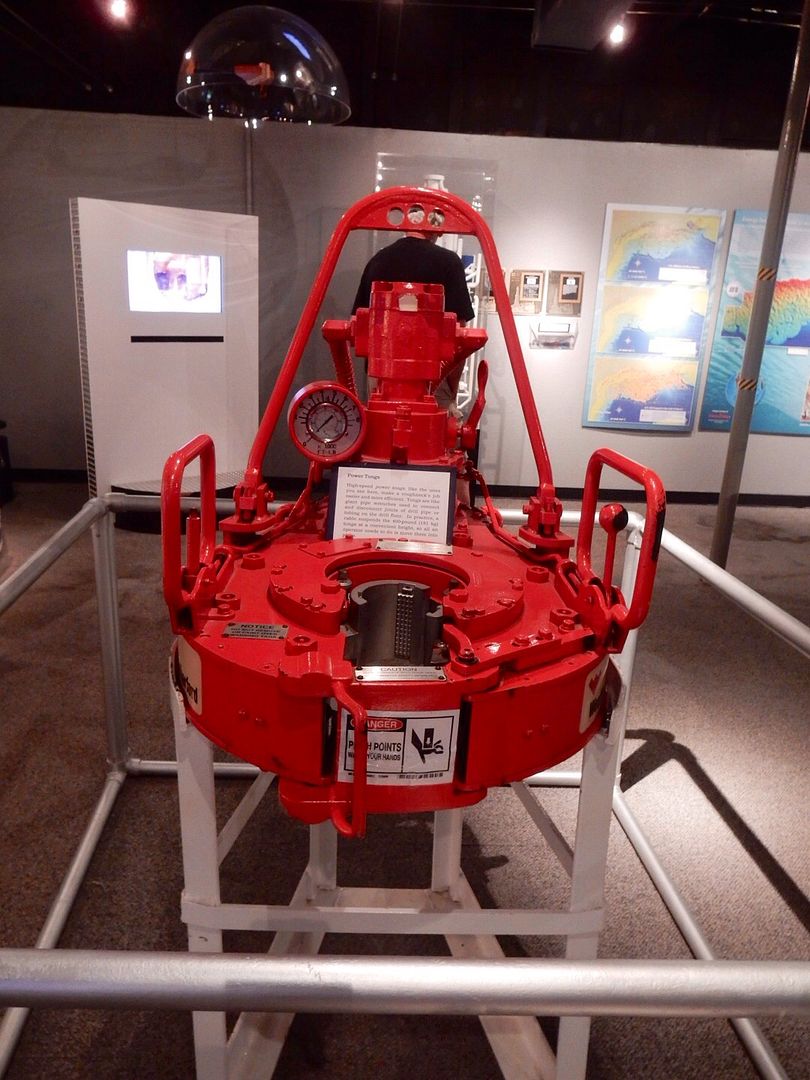


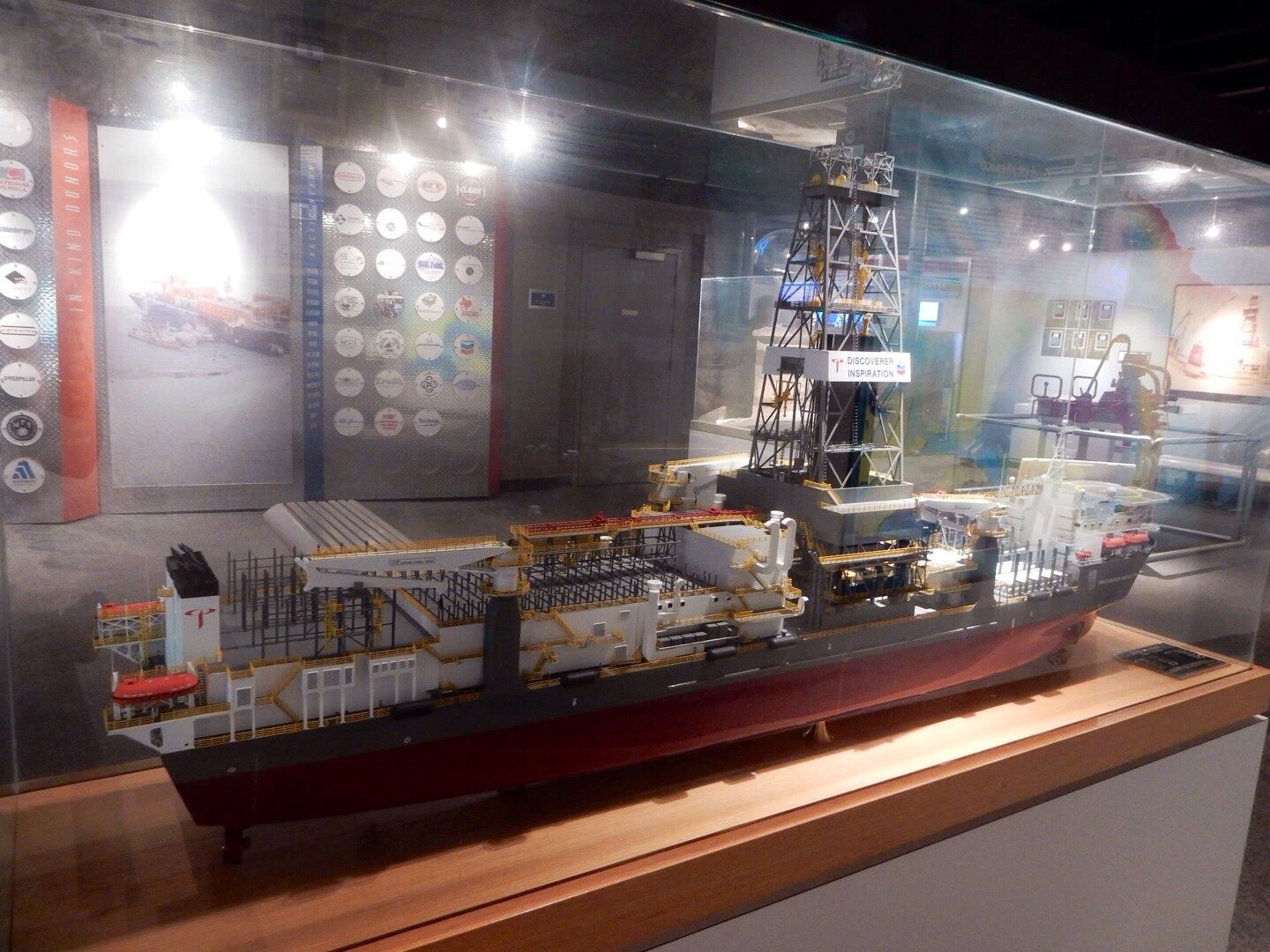
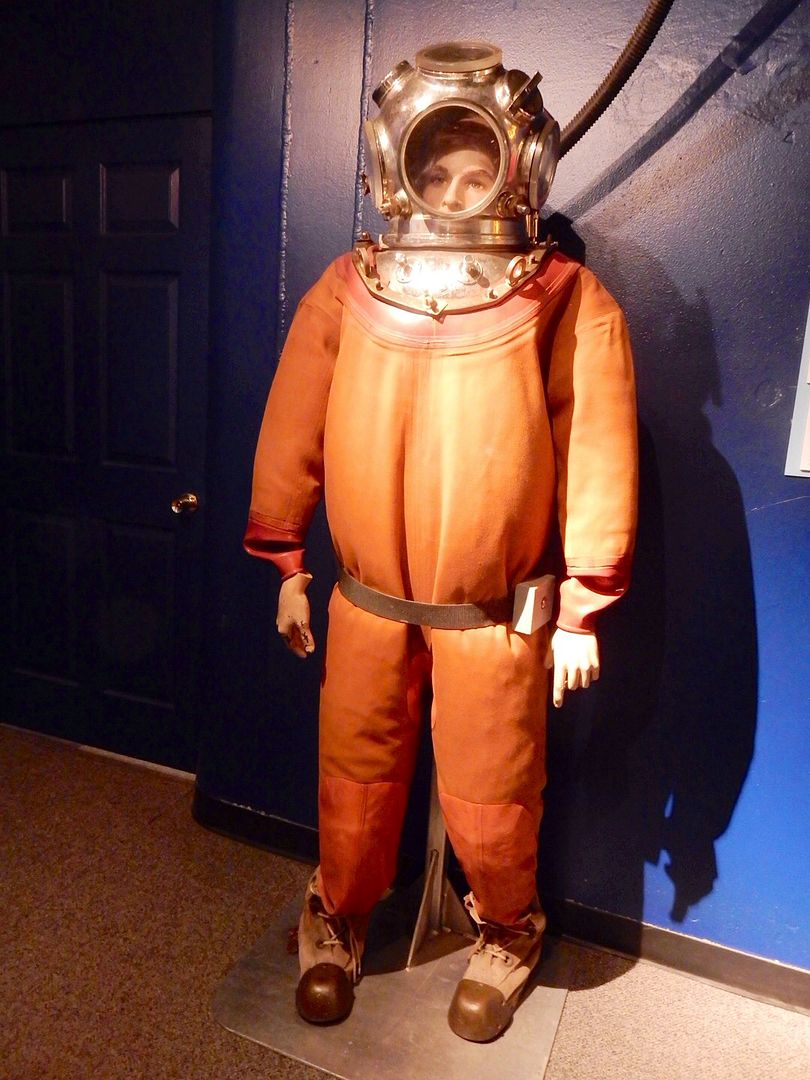
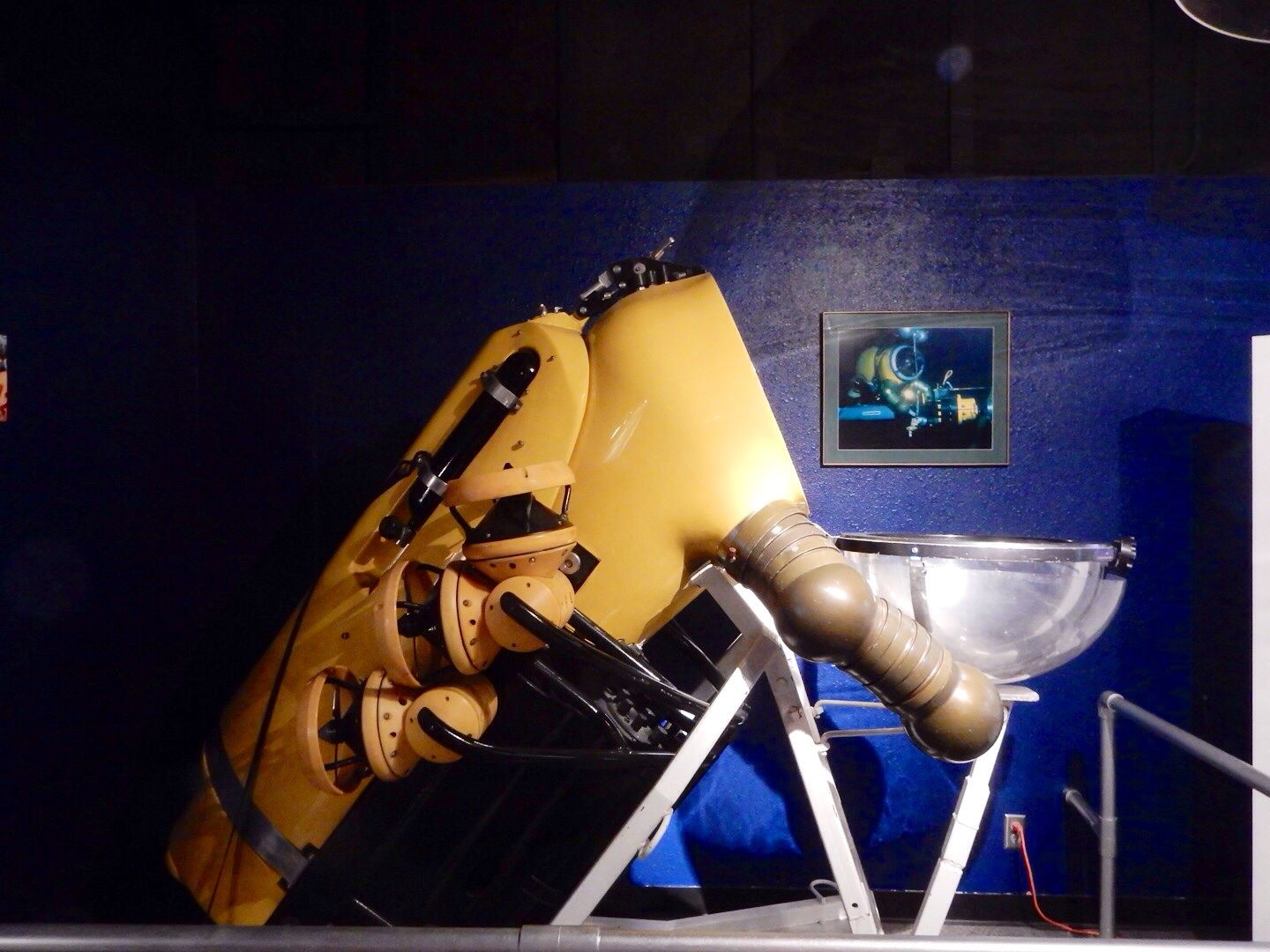
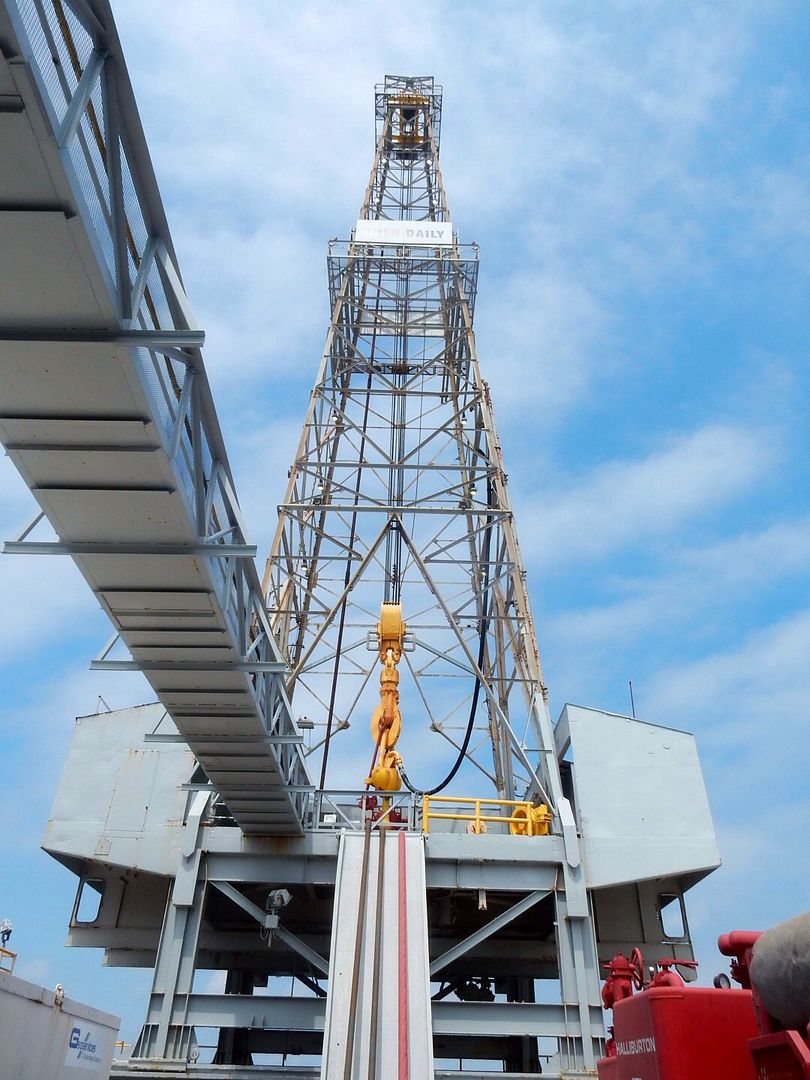
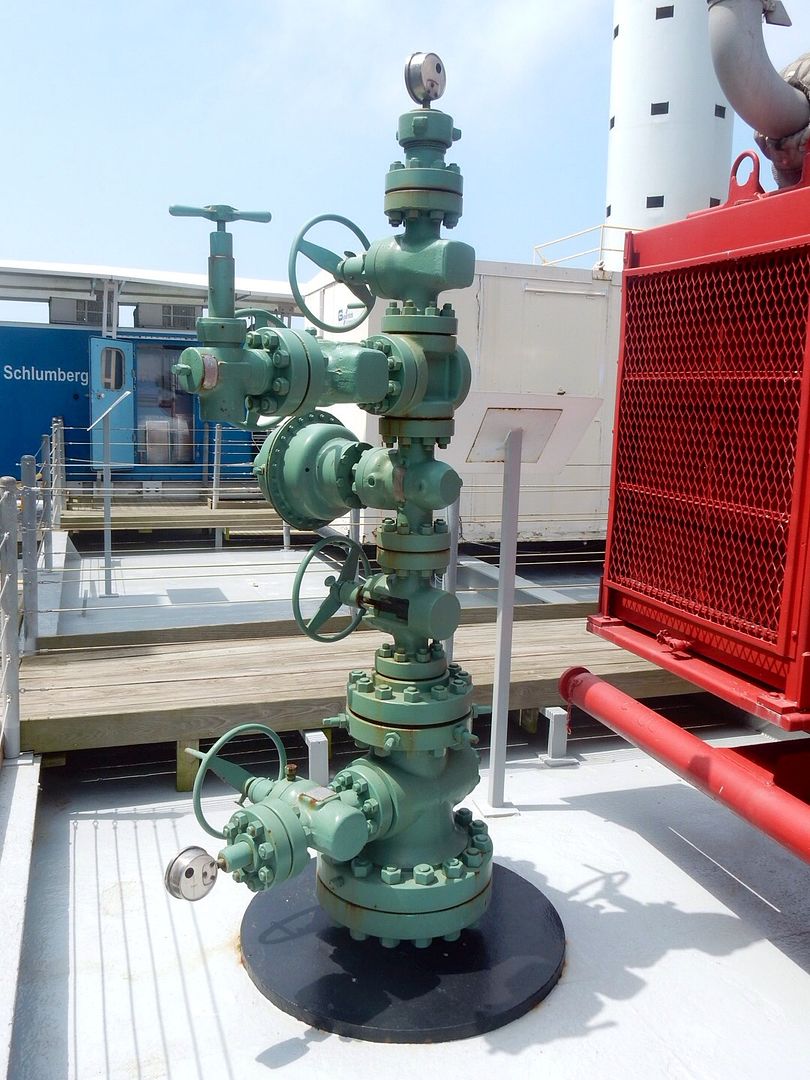
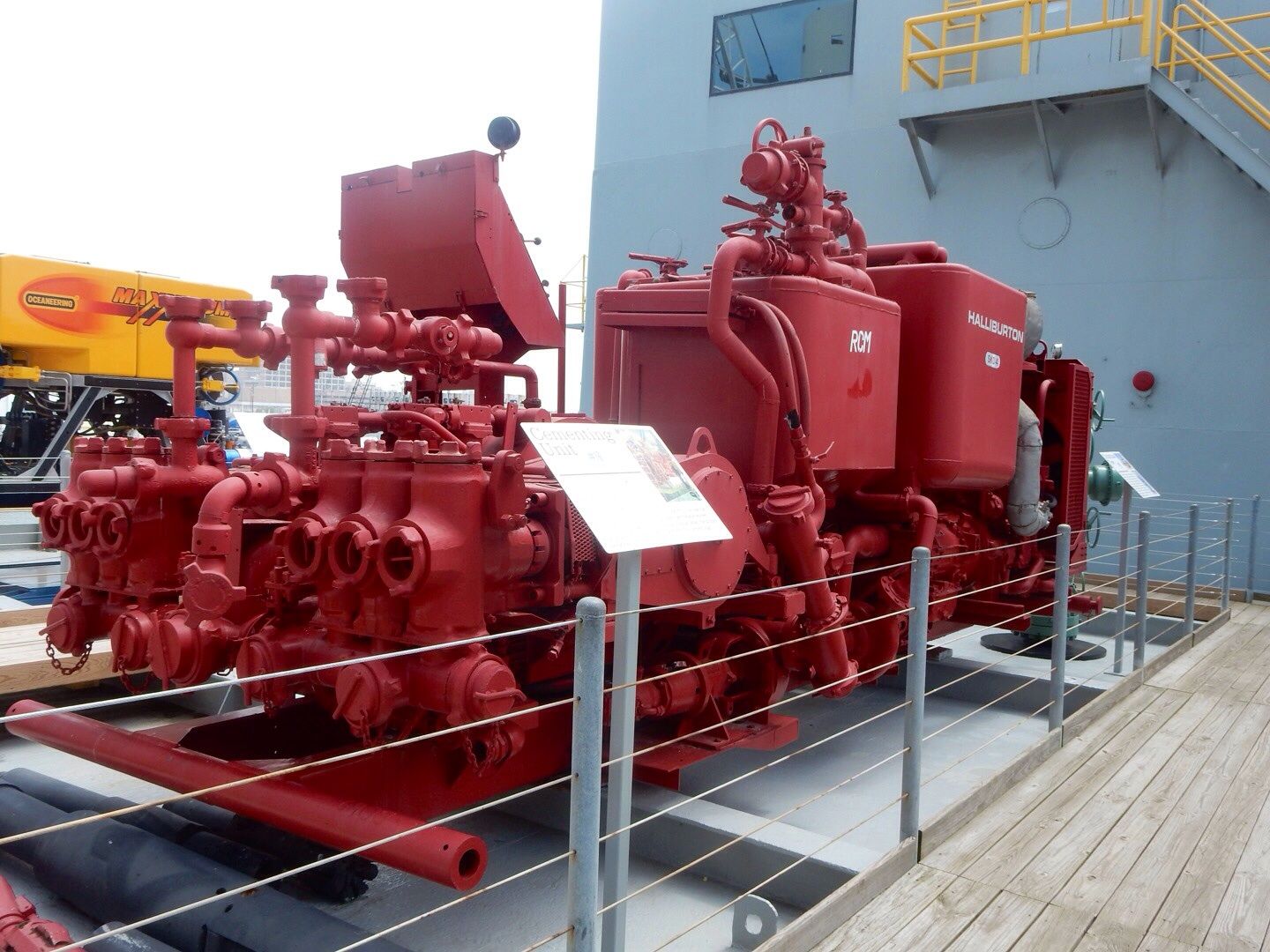
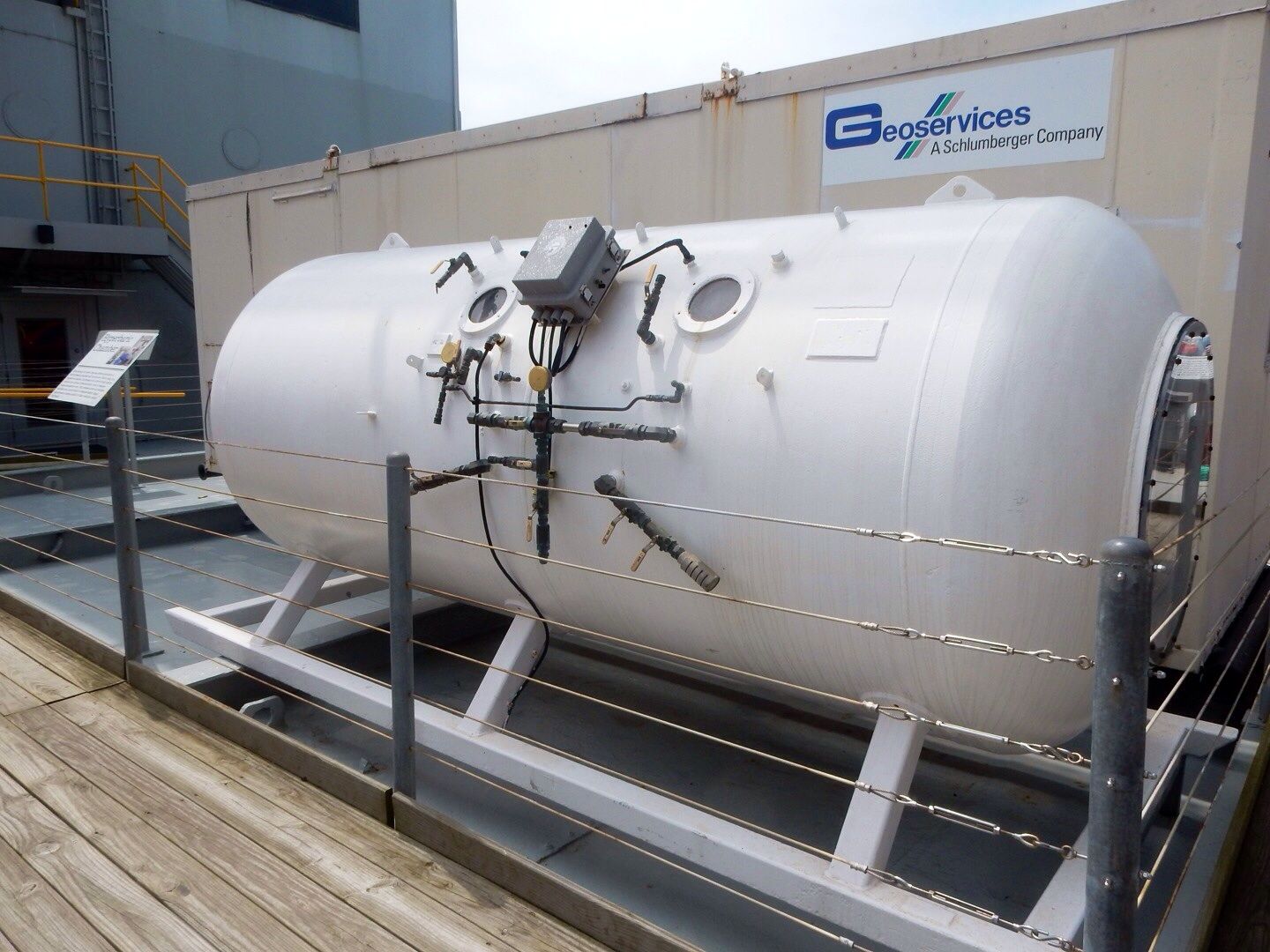
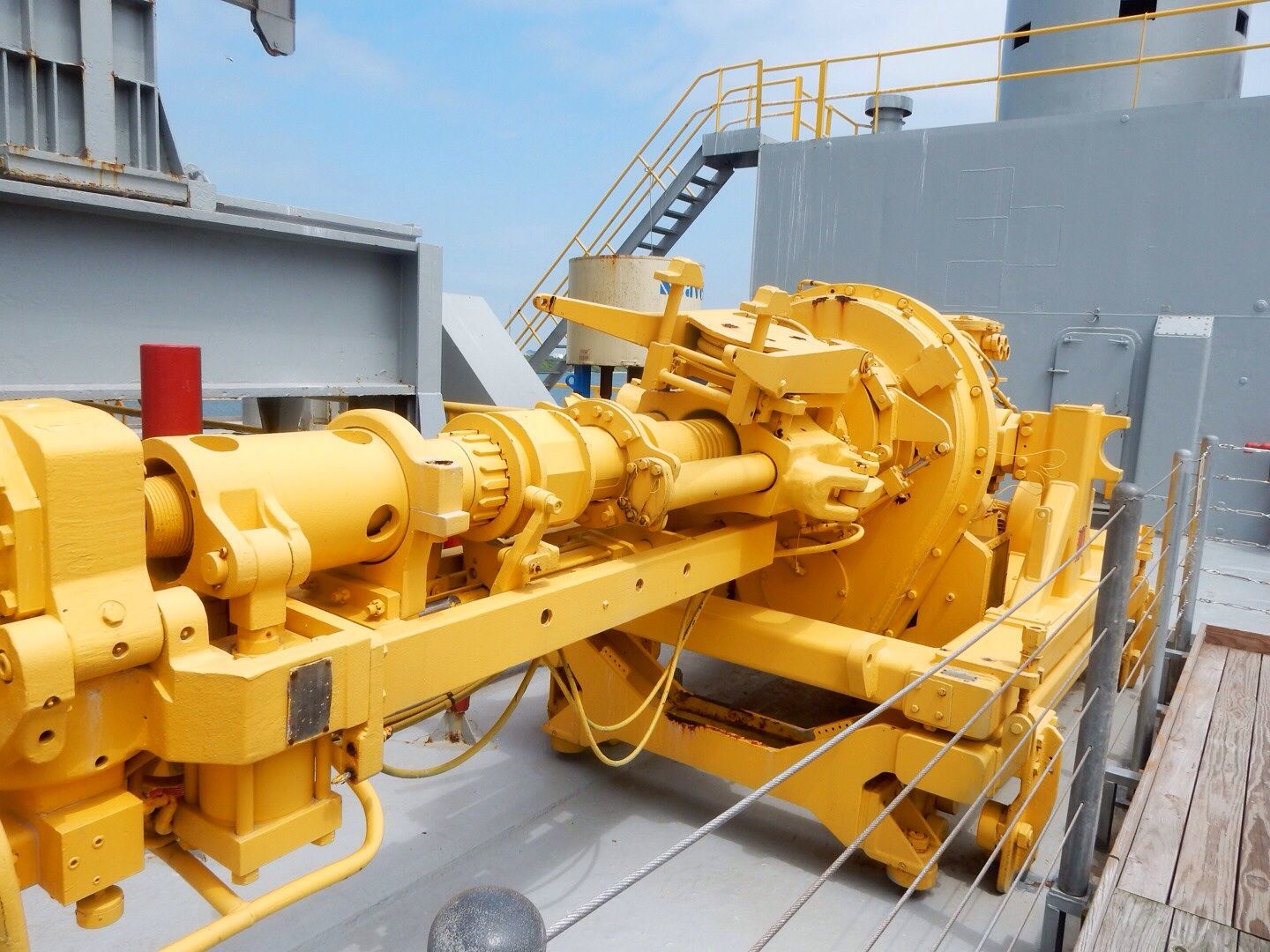
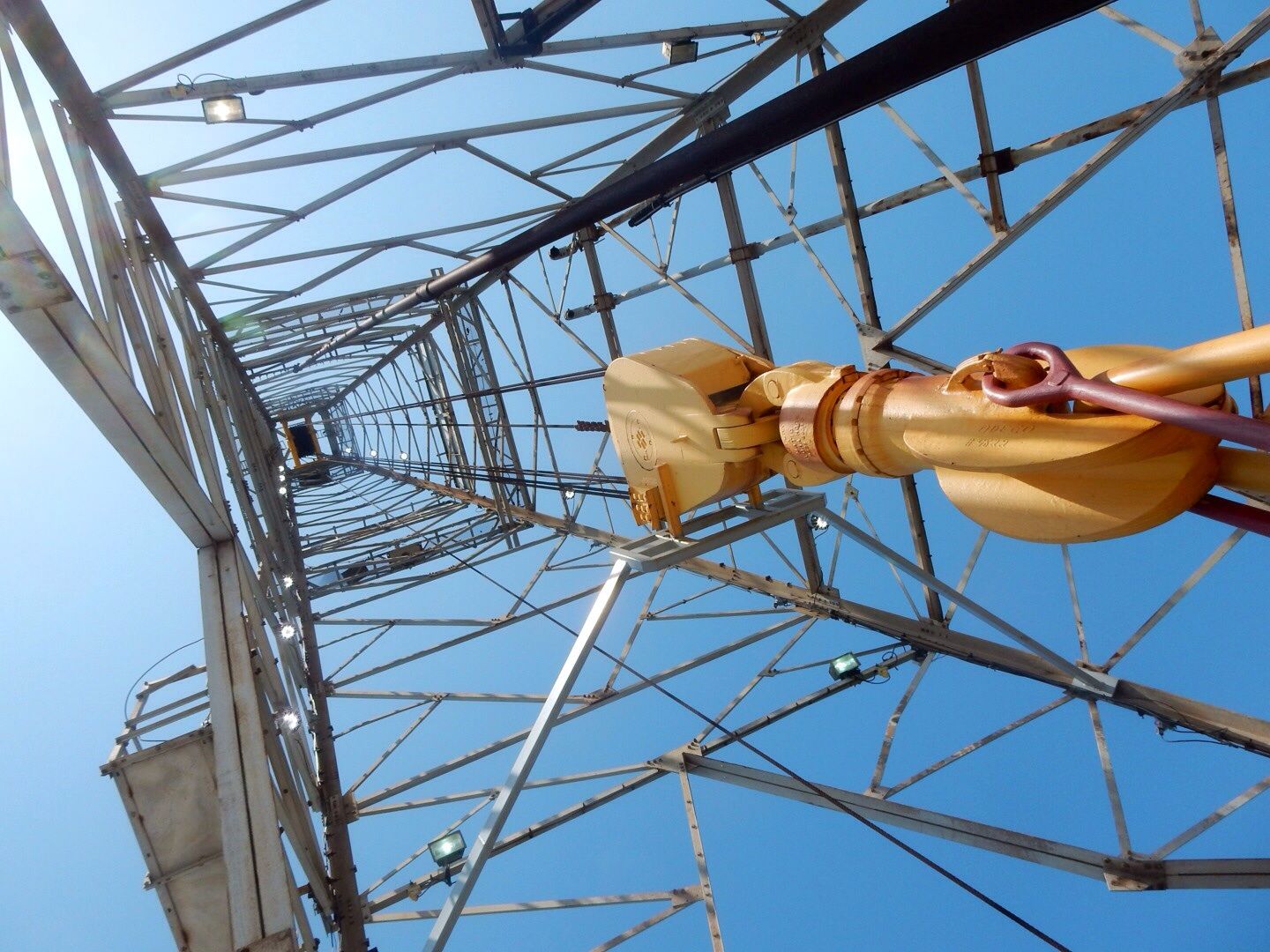
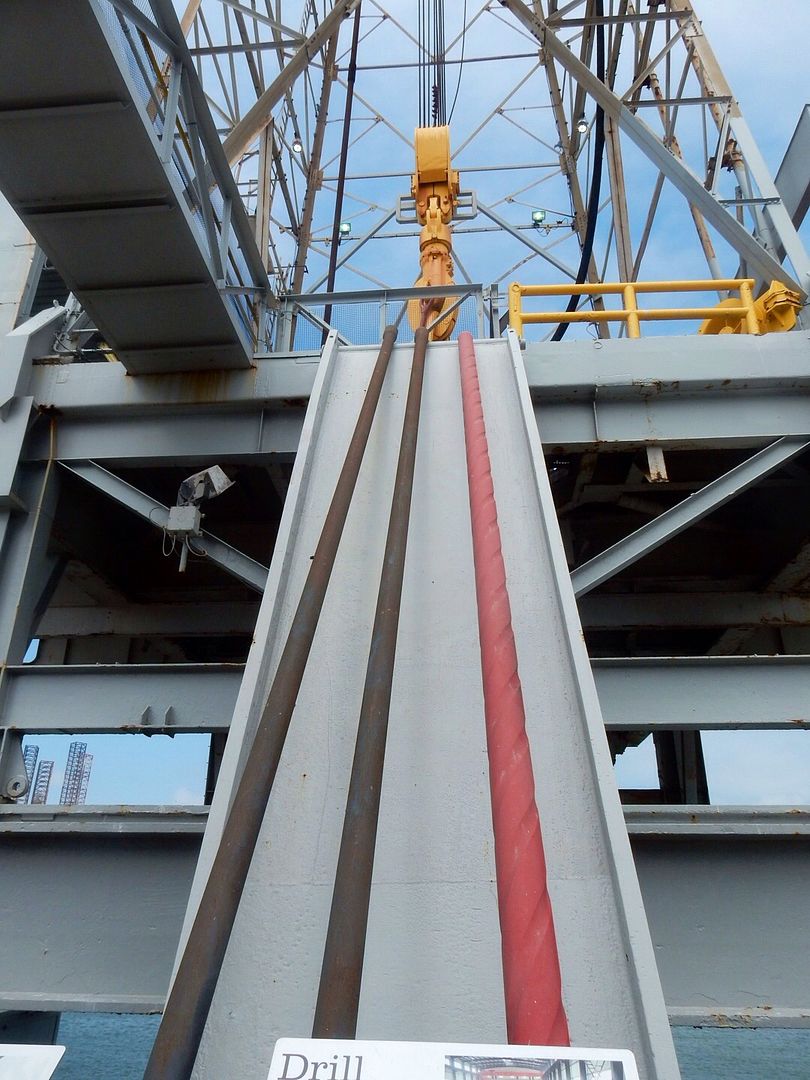
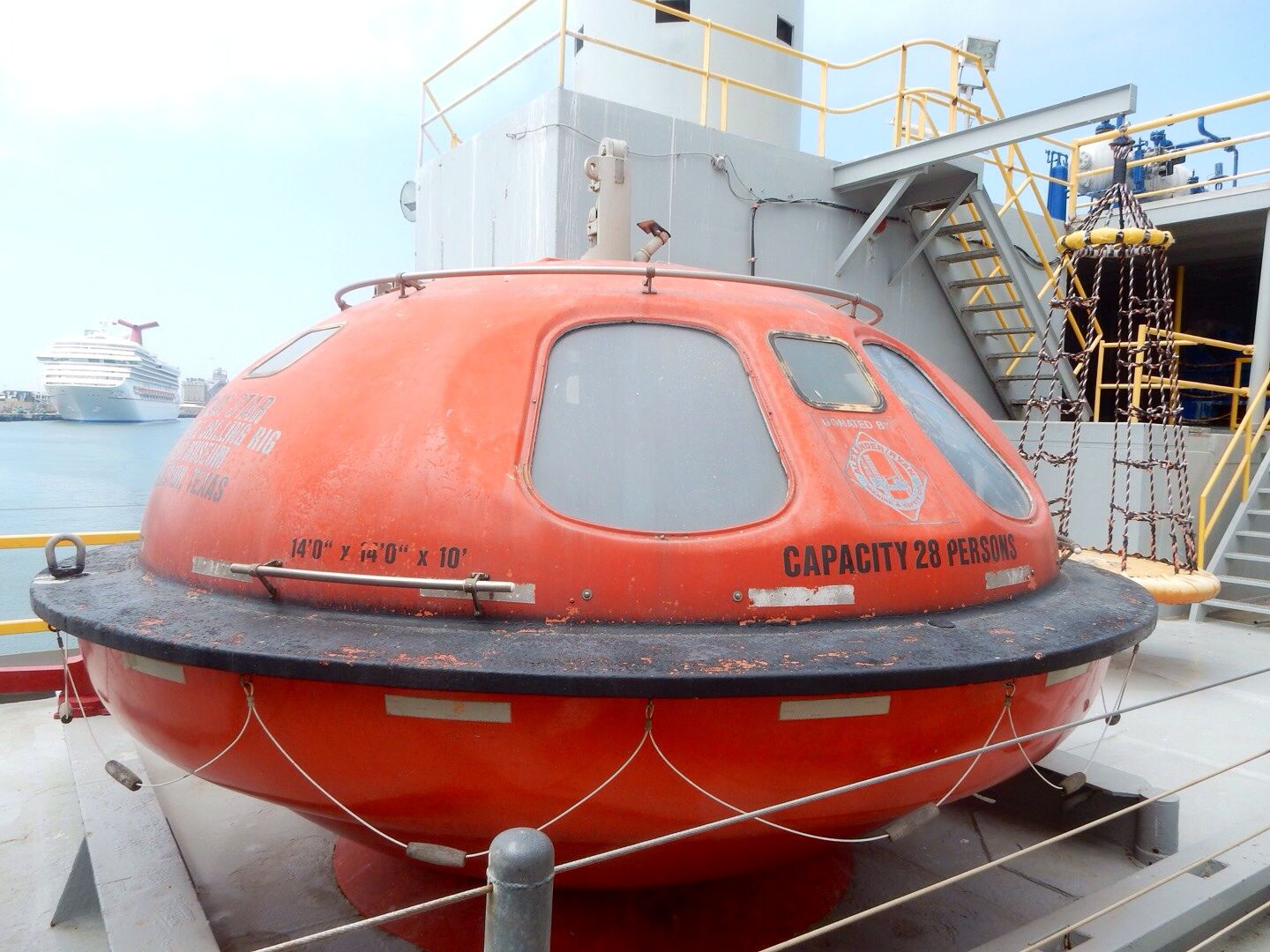
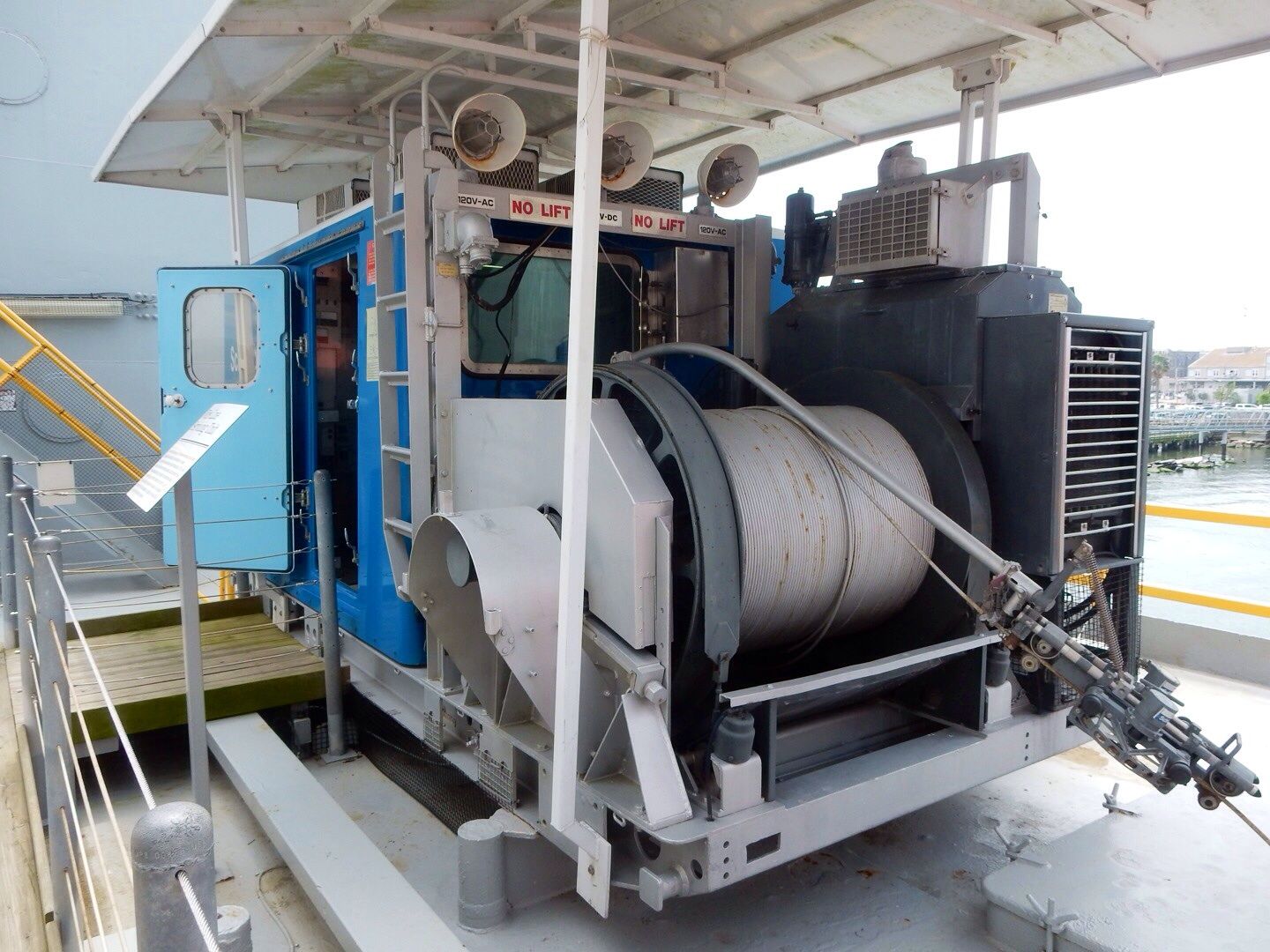
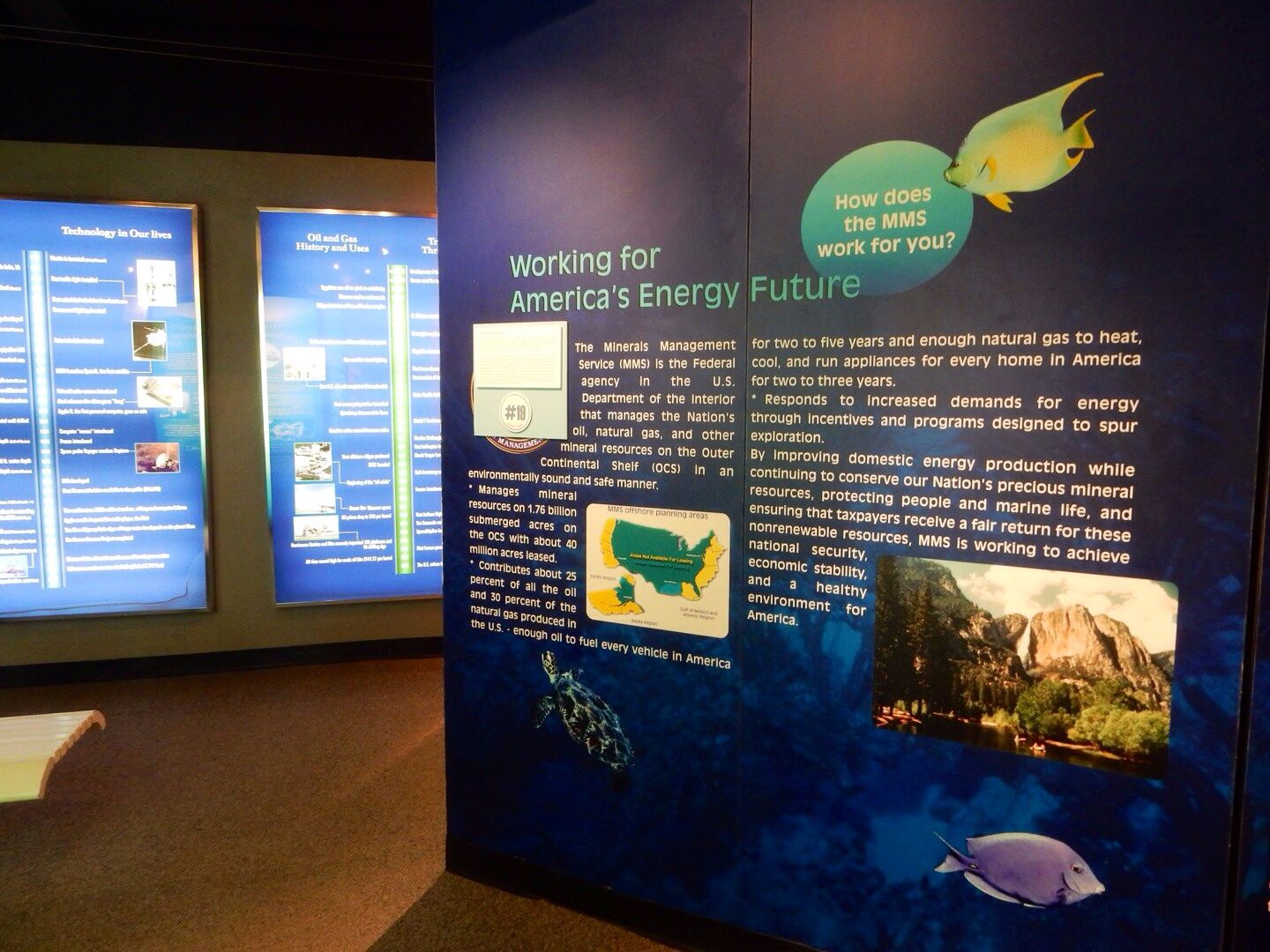
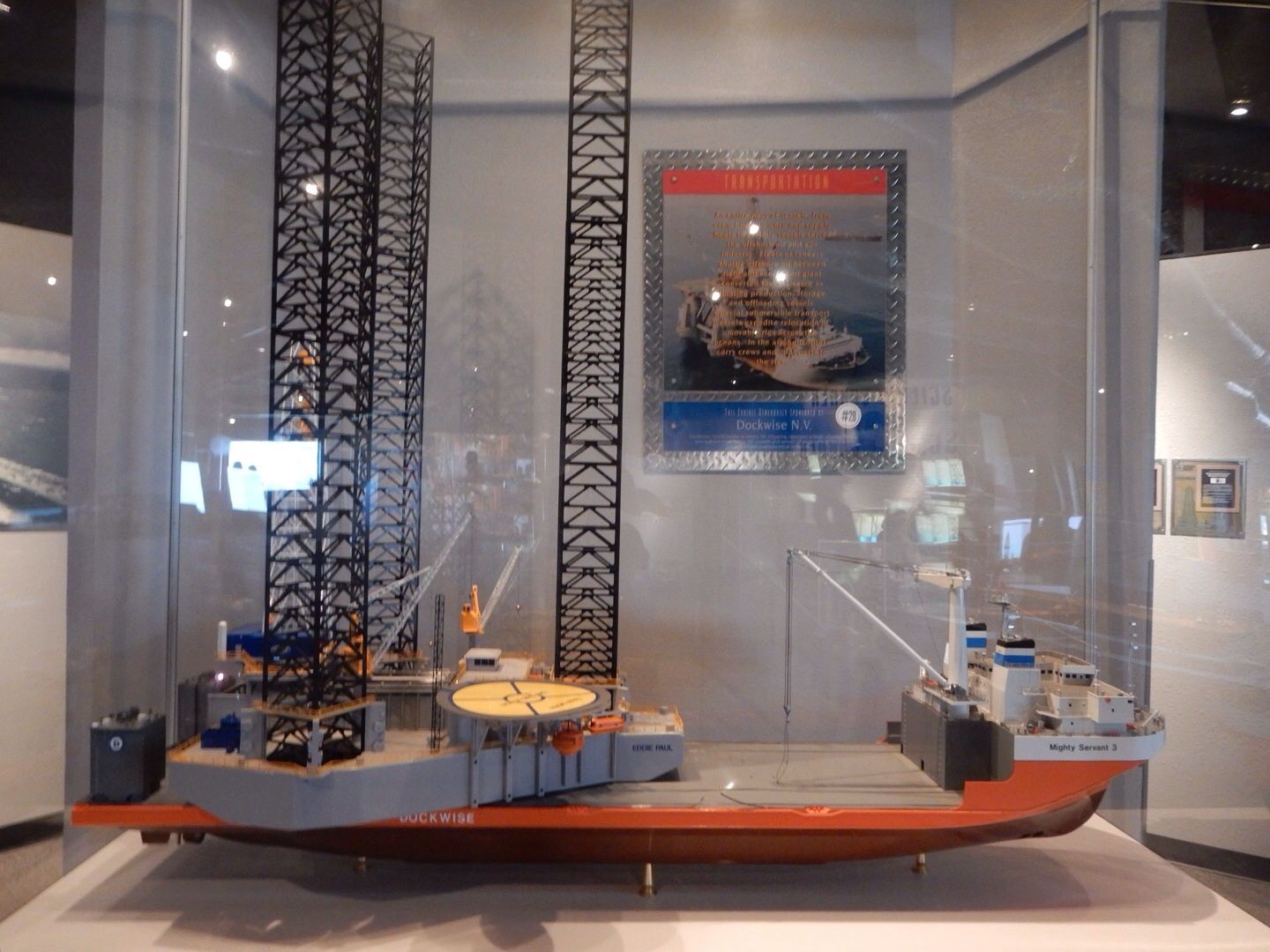
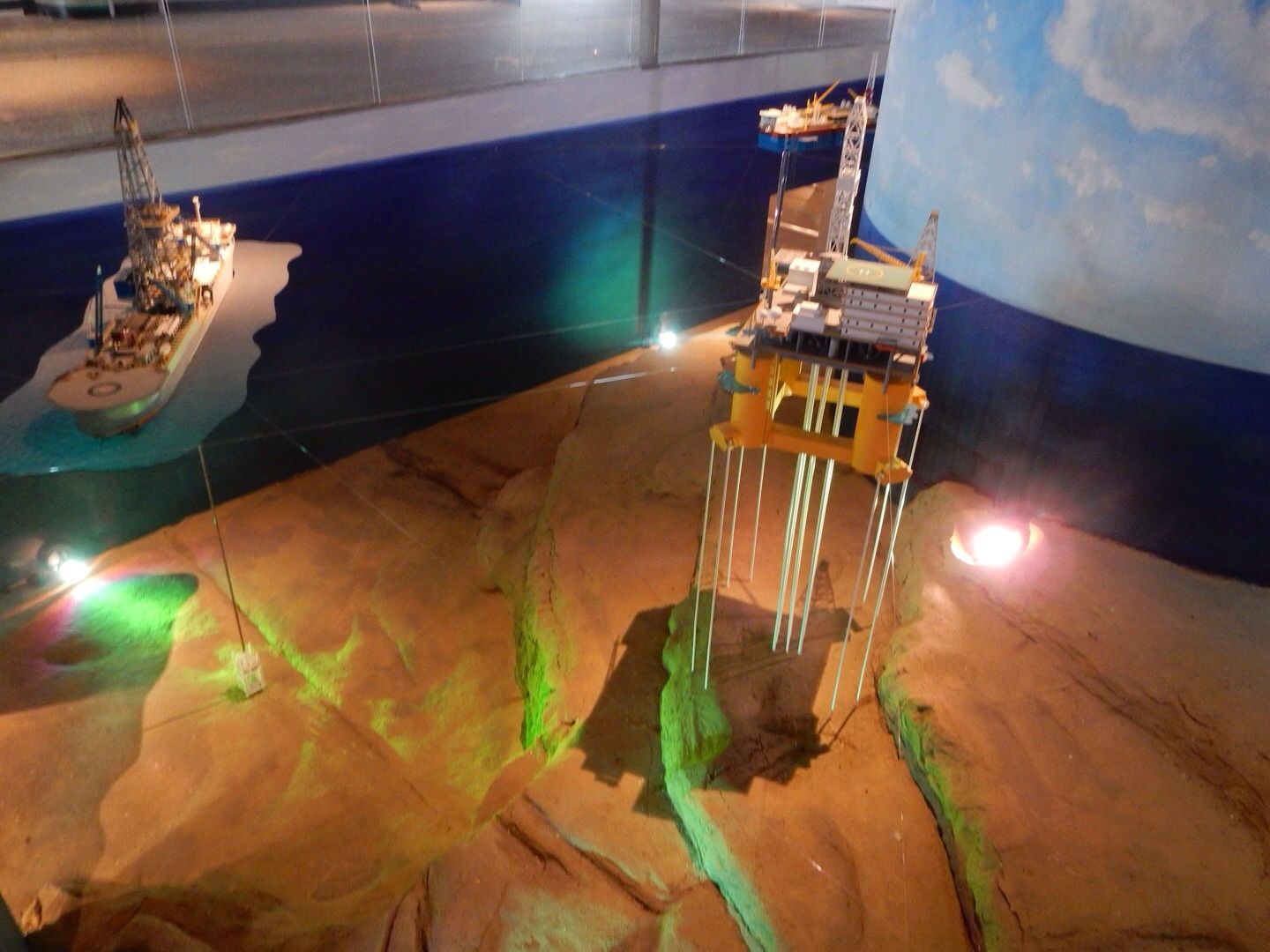
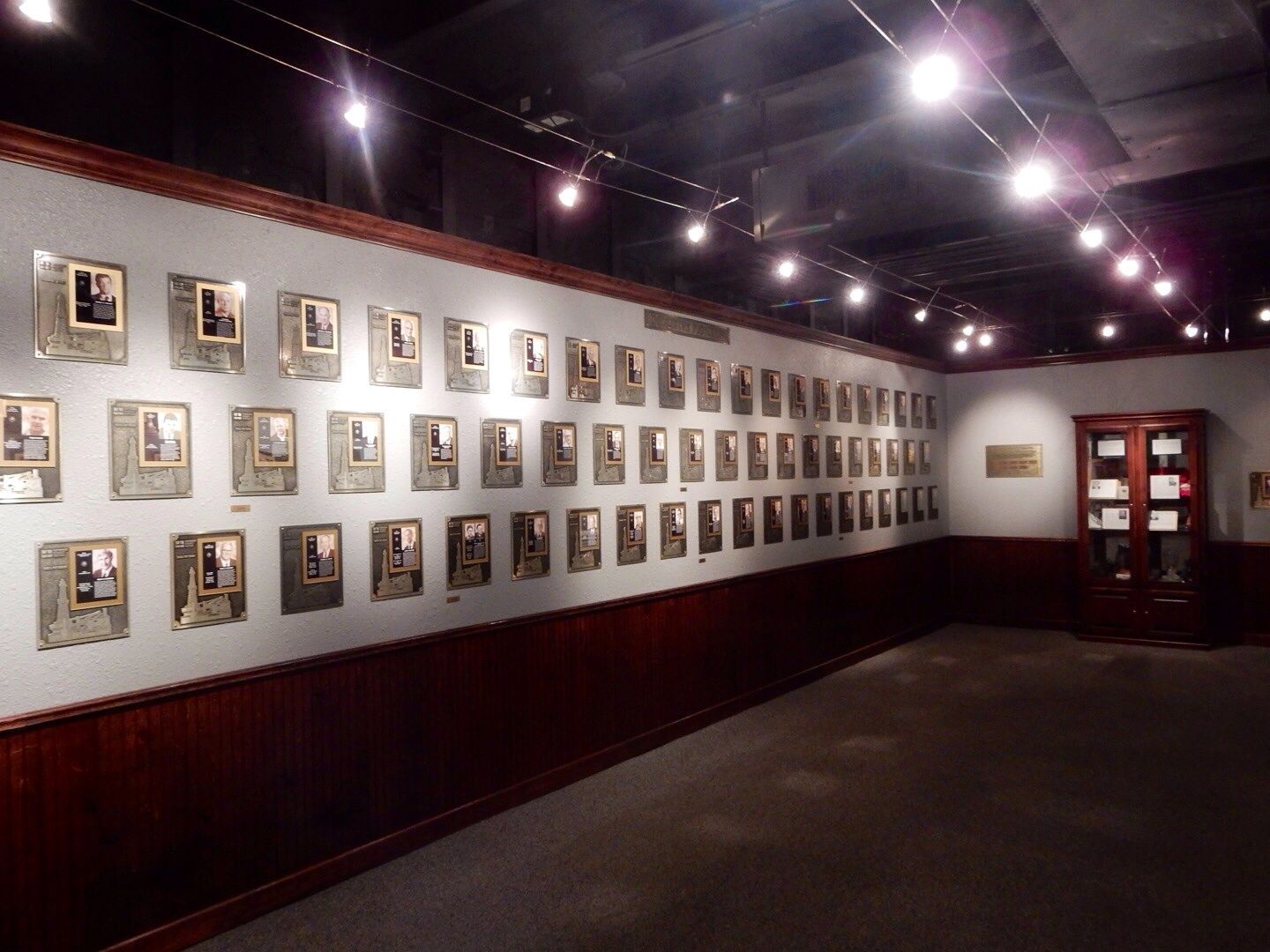
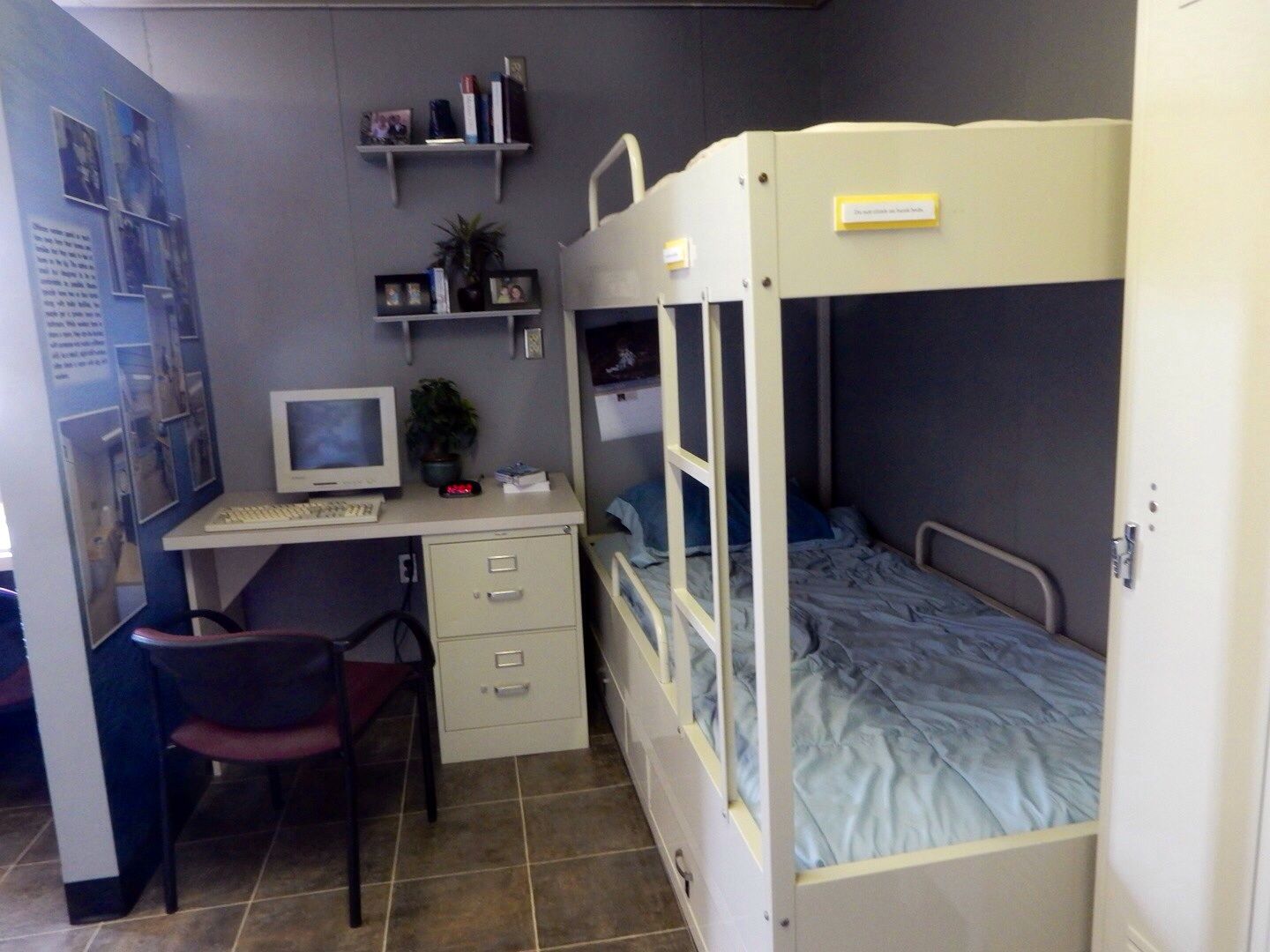

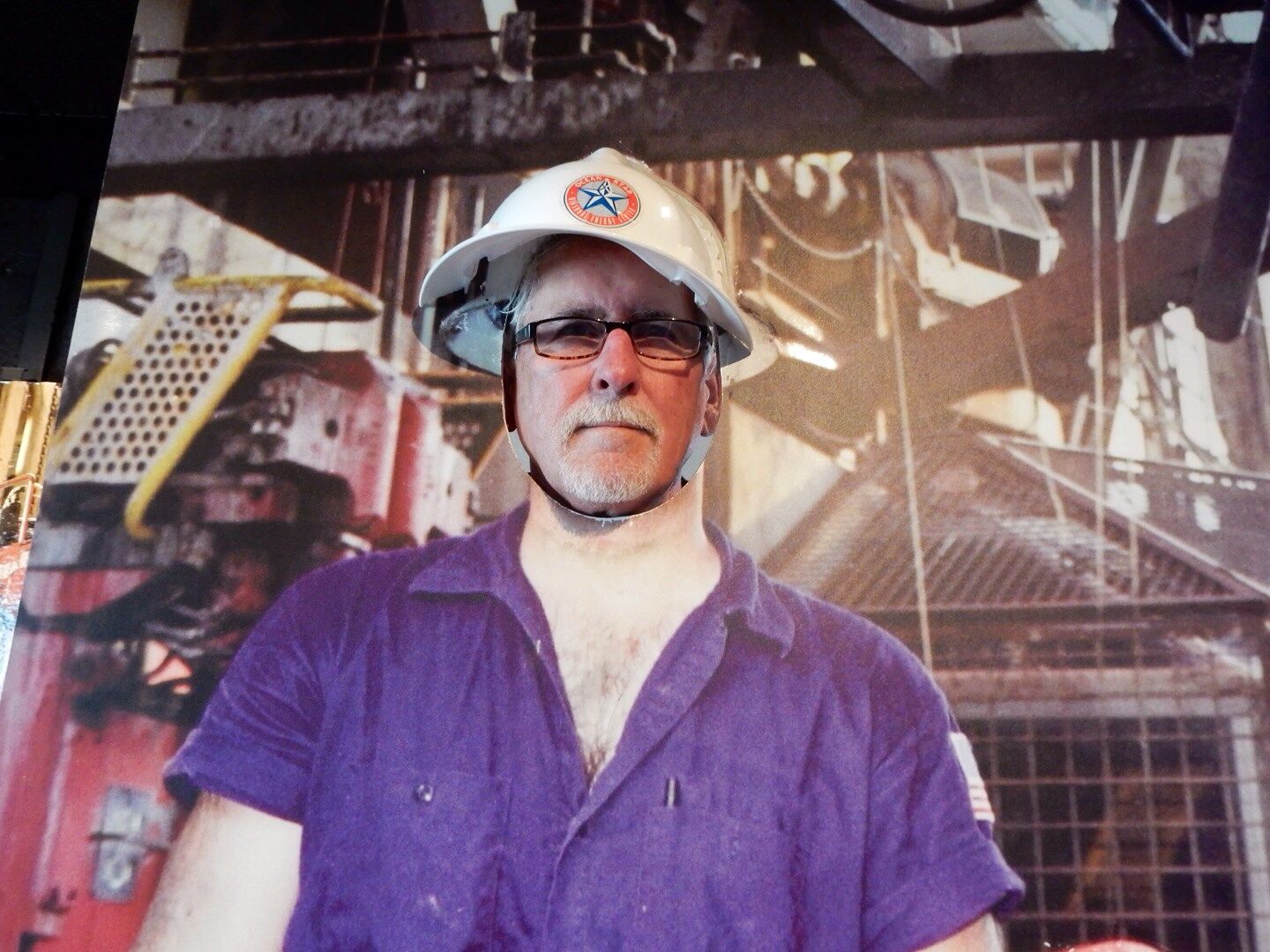
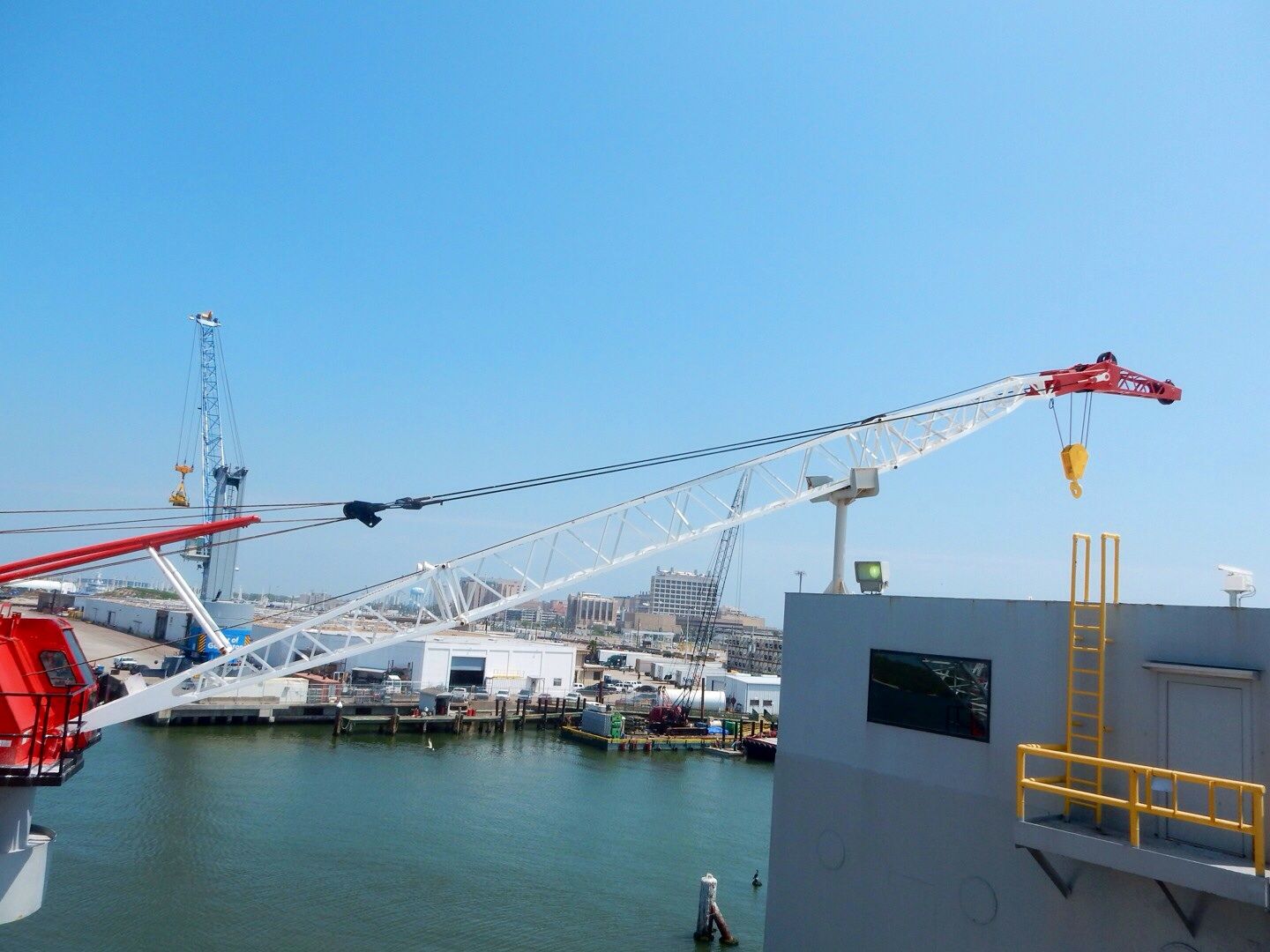
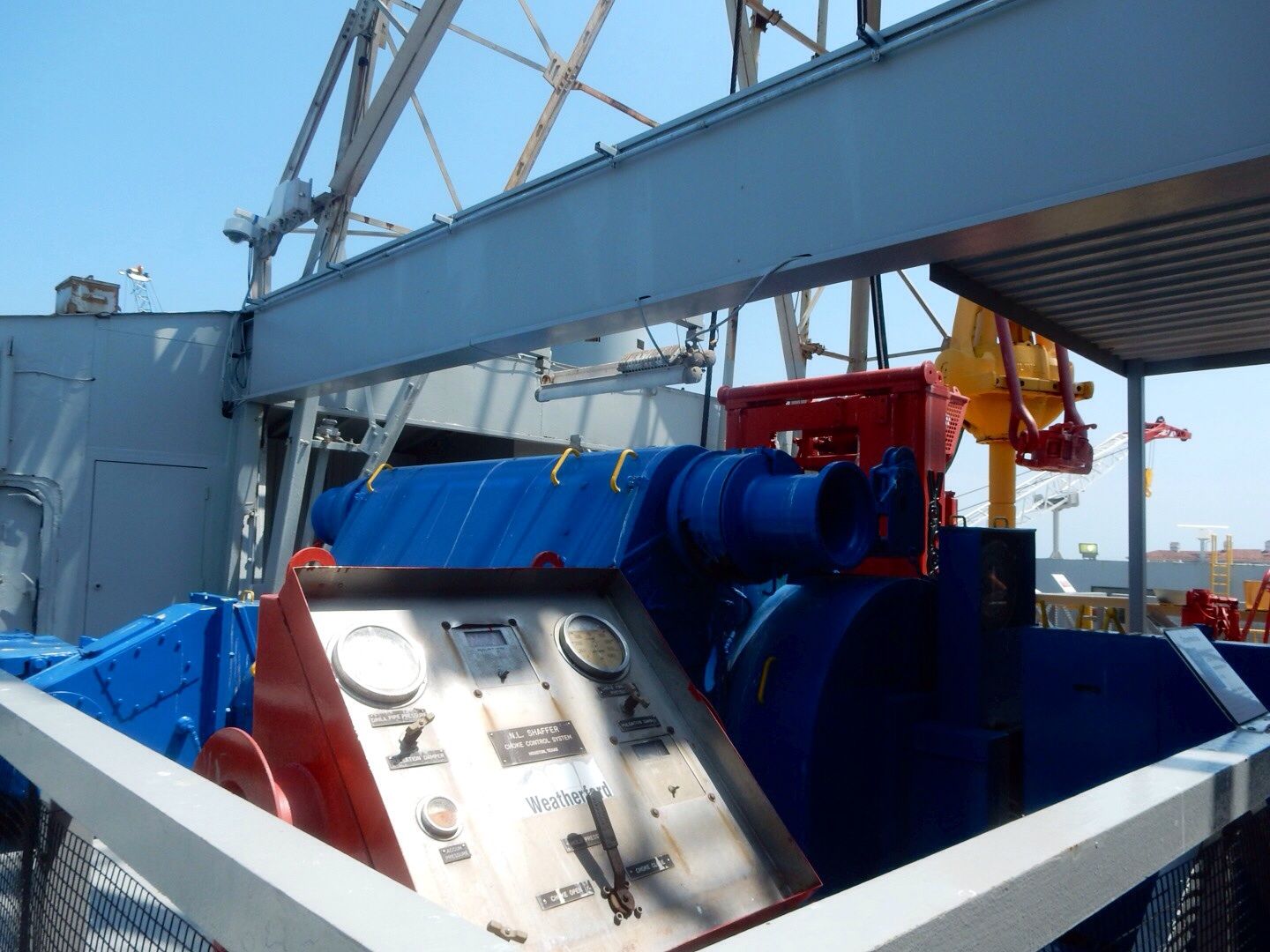
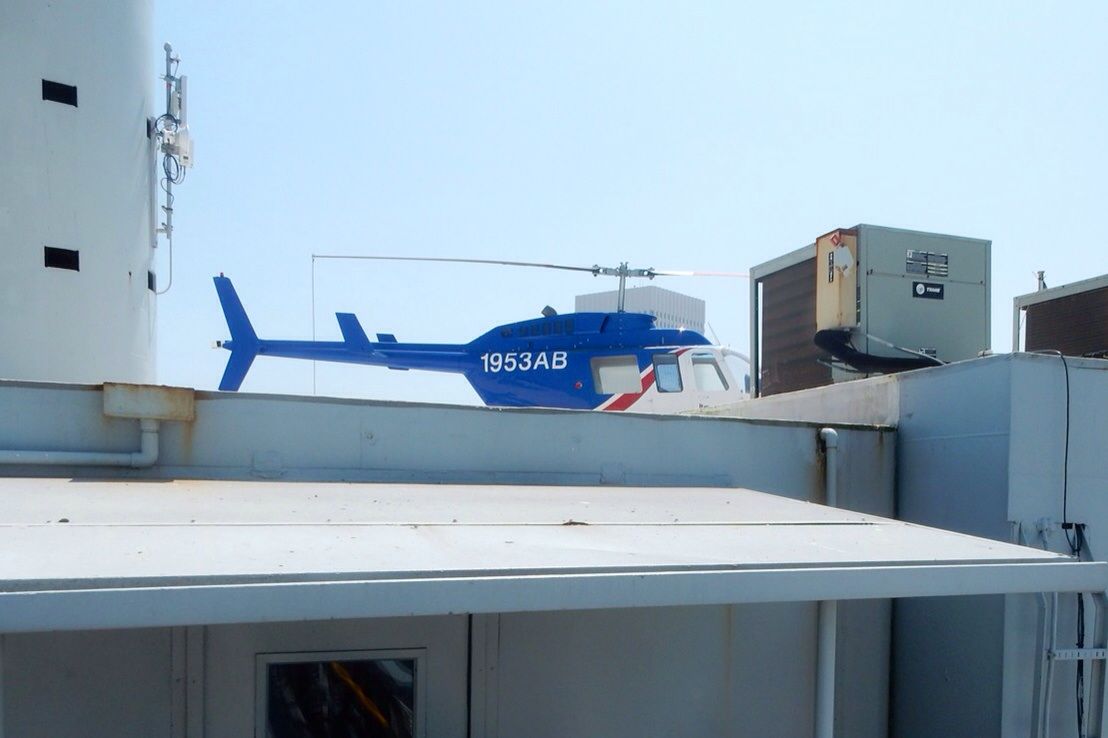
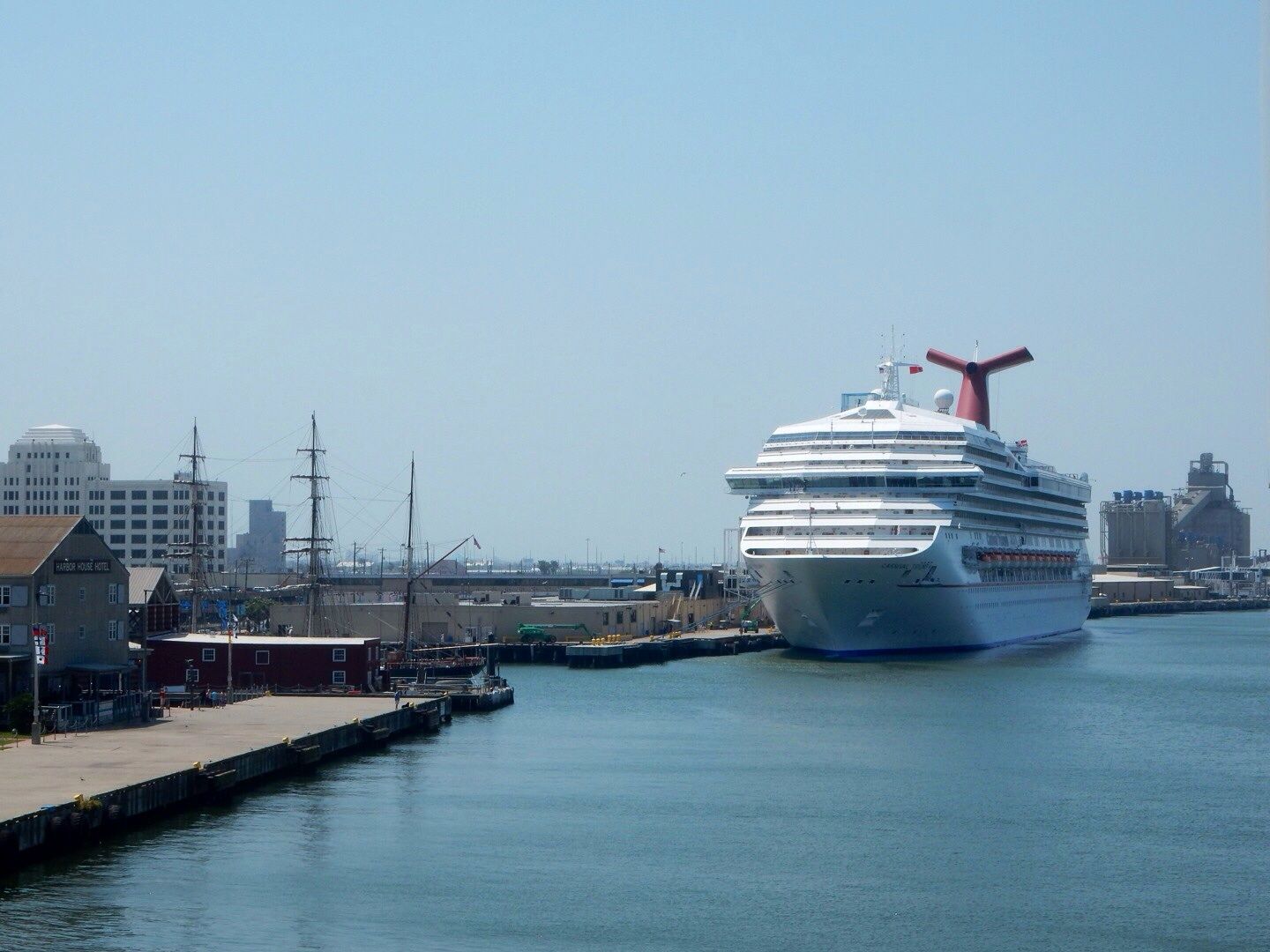
Now that is pretty cool! It's neat to see some of the equipment that oil drillers use. For some reason, I always imagined them using a giant wrench that would be like six feet long. The power tongs that they have there almost look like a giant bottle opener. Even though it doesn't do that, I'm sure that there are ones that do their job well. http://www.drifterscasing.com/service/power-tongs/
ReplyDelete